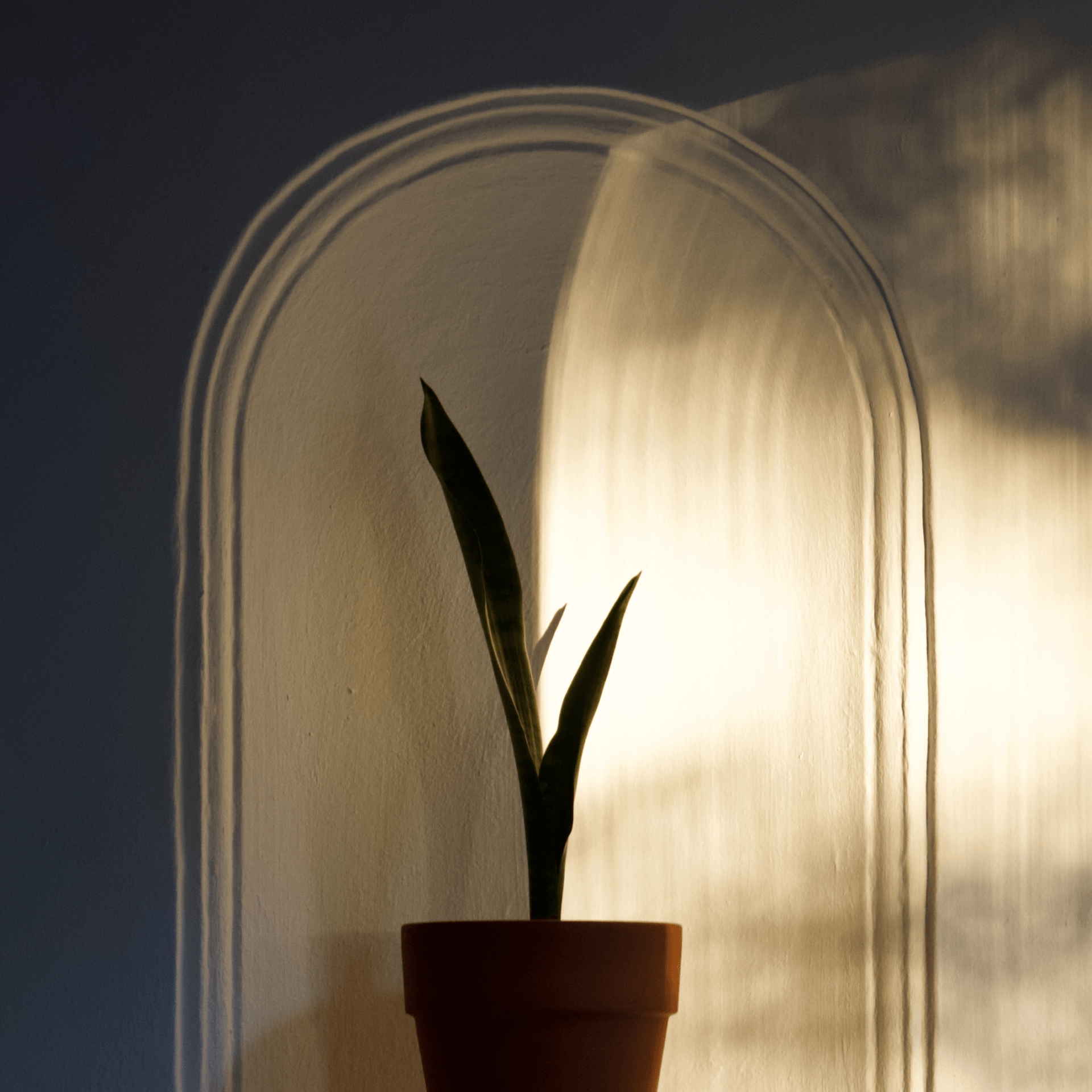
The technique of arranging positively charged things in your home and office to counterbalance adversely energetic objects is known as Feng Shui. "The way of wind and water" is what Feng Shui means. Although it has origins in early Taoism, it is still extensively practiced today, having spread into Western countries from Asia. Feng Shui influences how artists use the principle of Yin and Yang to integrate a balance through color, line, and composition of an artwork. Yin signifies stillness in Chinese philosophy, whereas Yang denotes movement. Yin and Yang is a dualistic concept that describes how in the natural world, seemingly opposing or conflicting forces may be complementary, linked, and dependent, and how they can give rise to one another as they interrelate.
In the kitchen, Feng Shui art can be displayed above the counter or in cupboards. People enjoy combining old and new elements, such as a vintage oil painting in a modern kitchen or artworks and even sculpture on built-in shelving. Hanging Feng Shui art in a position where it may be destroyed by heat or water is not a good idea. In a dining room, artwork should be hung somewhat lower so that it can be appreciated while seated. In a dining room, elegant paintings look lovely over a cabinet, and gallery walls work nicely within a breakfast nook. It can also be displayed in the bedroom. The art should avoid using strong themes, particularly depictions of violence and blood, as the bedroom is designed for relaxing and unwinding. To promote restful sleep, soothing colors and tones are preferable, and paintings and drawings or artworks in pairs are great (to attract intimacy). Never hang a seascape picture above your bed.
An interview with Thierry Chow reveals a lot about Feng Shui. Feng Shui, she explains, is simply an approach that relies on our surroundings and being conscious of the effects it has on our health. Furthermore, she claims that it is the awareness, creative knowledge of our local area, and the choice to lift it to a higher frequency. Thierry Chow states that Feng Shui practitioners in ancient China integrated many areas of environmental topology, ecology, architecture, and interior design into one cohesive, multidisciplinary technique to ensure their customers' health and riches. Lastly, he states that his flat is highly five-element oriented because she applies the Feng Shui theory to the design, furniture orientation, color, decorations, and material.


